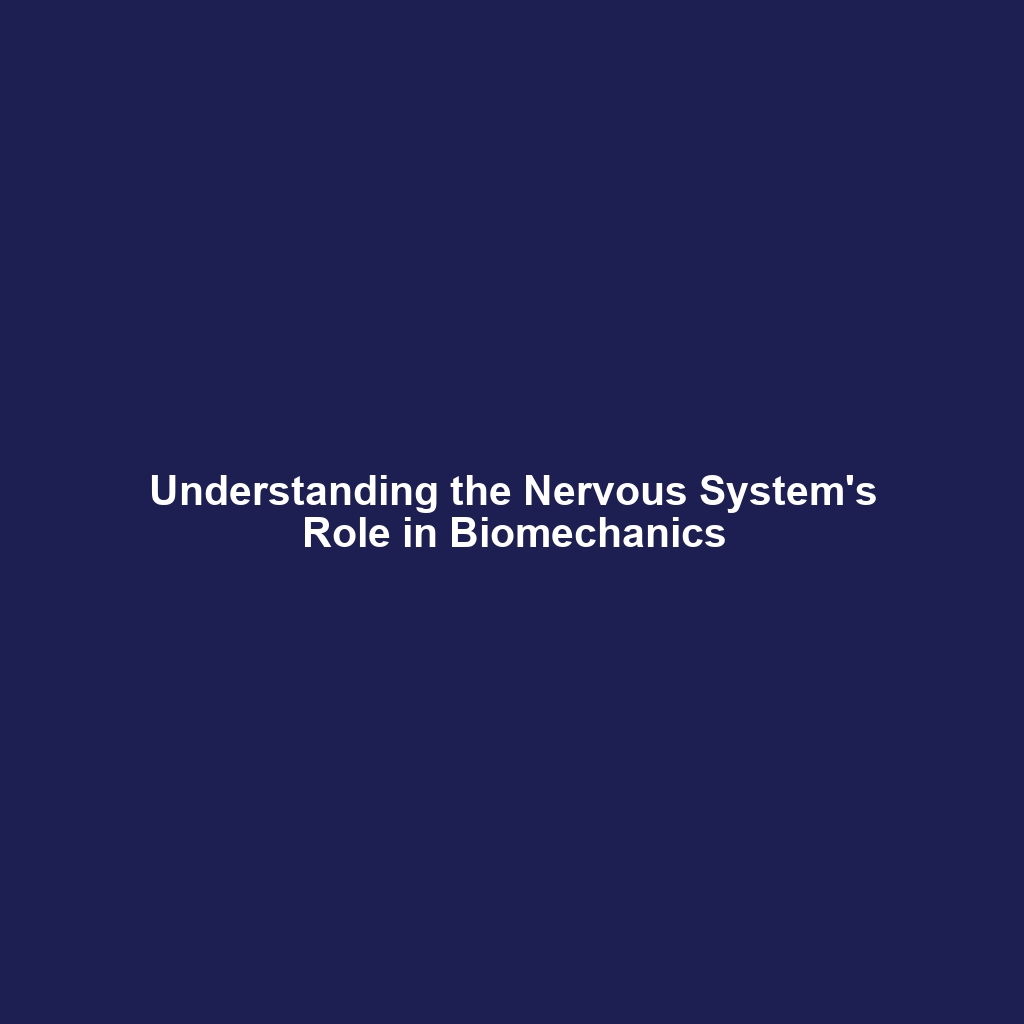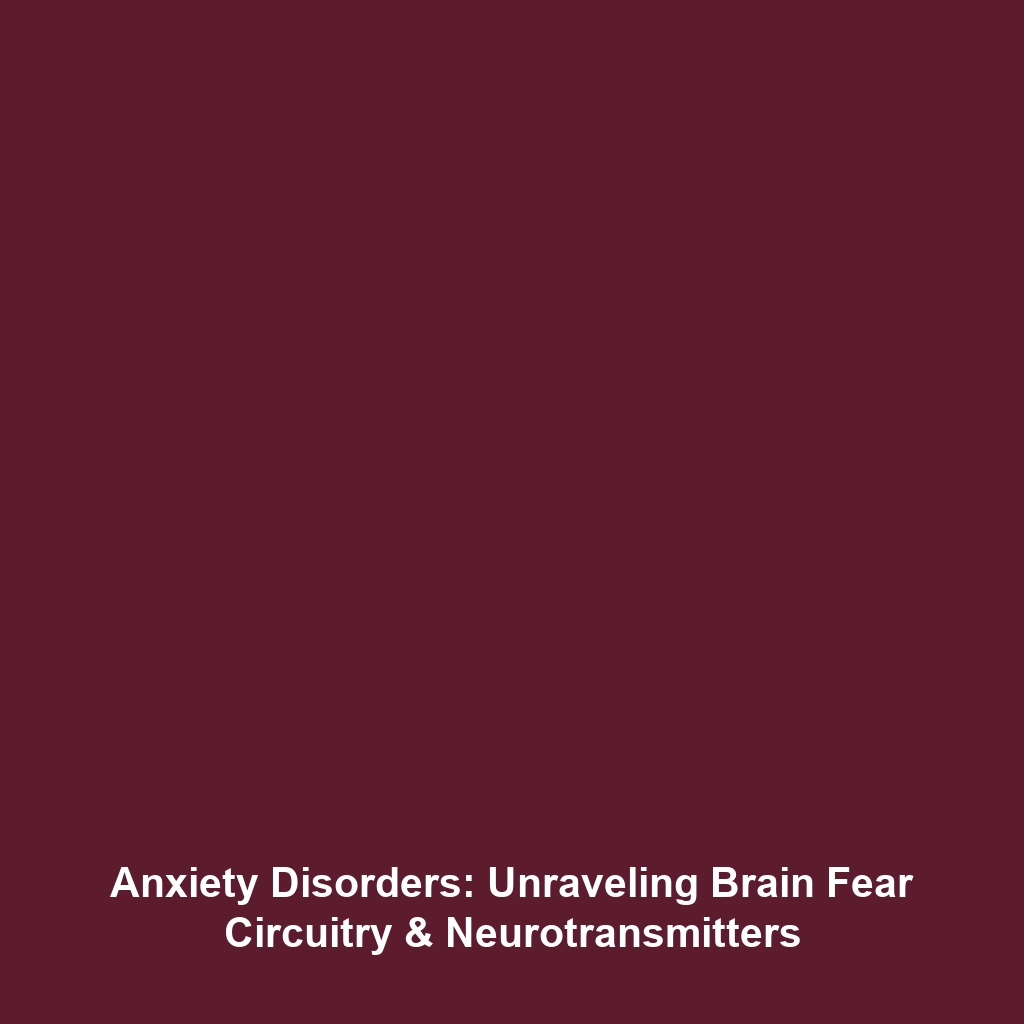The Role of the Prefrontal Cortex in Decision-Making, Planning, and Impulse Control
The prefrontal cortex (PFC) serves as a critical hub for decision-making, planning, and impulse control, significantly influencing human behavior and performance. Understanding the significance of the PFC within the broader context of biomechanics is essential as it interrelates cognitive functions with physical actions. This article delves into the PFC’s role and explores its implications for biomechanics, unearthing how it governs both mental processes and physical execution.
Key Concepts
To grasp the PFC’s influence within biomechanics, it’s essential to understand several key concepts:
Cognitive Functions
The prefrontal cortex is responsible for high-level cognitive processes, including:
- Decision-Making: Evaluating options and making choices based on outcomes.
- Planning: Organizing actions over time to achieve future goals.
- Impulse Control: Regulating immediate responses, contributing to self-control.
Biomechanics Connection
Biomechanics examines human movement and mechanics, implicating the PFC’s decisions in physical actions, such as:
- The creation of techniques in sports biomechanics.
- Improvement of rehabilitation strategies post-injury.
Applications and Real-World Uses
Understanding the role of the prefrontal cortex in decision-making, planning, and impulse control has significant applications in various fields, including:
- Sports Science: Enhancing athletes’ performance through better decision-making skills.
- Rehabilitation: Developing targeted therapies for improving impulse control in patients recovering from neurological impairments.
- Robotics: Informing the design of algorithms that mimic human planning and decision-making in autonomous systems.
Current Challenges
Despite these advancements, several challenges remain in studying and applying the PFC’s role in biomechanics:
- Complexity of Neural Networks: Understanding how various brain regions interact with the PFC.
- Limitations in Research Methodology: Existing technologies may not fully capture real-time decision-making processes during complex movements.
- Variability in Individual Differences: Differences in PFC functionality among individuals complicate standard applications of research findings.
Future Research and Innovations
The future of biomechanics research is likely to be shaped by emerging technologies and methodologies aimed at better understanding the PFC’s roles:
- Neuroimaging Techniques: Advancements such as functional MRI could provide deeper insights into the real-time functioning of the PFC.
- Artificial Intelligence: Innovations in AI could further improve the simulation of human decision-making in robotic systems.
- Personalized Medicine: Potential development of tailored interventions based on individual PFC functionality and behavior patterns.
Conclusion
This exploration of the prefrontal cortex’s role in decision-making, planning, and impulse control reveals its profound impact on biomechanics. As research continues to evolve, its applications in sports, rehabilitation, and technology expand. To stay informed on these developments and their implications, consider exploring further resources on cognitive biomechanics. For more detailed insights, check our articles on the biomechanics of human movement and decision-making processes in sports.


